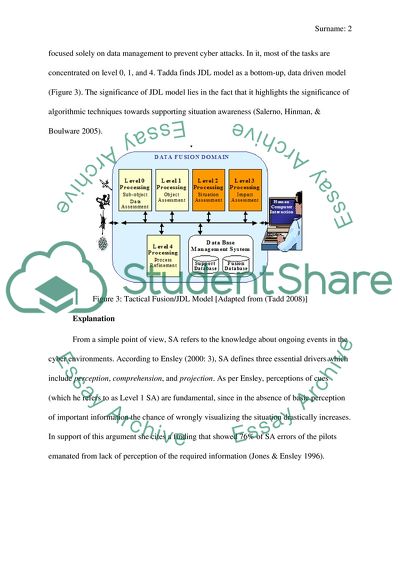Cite this document
(Enhancing Cyber Situational Awareness through Active Defense Research Paper Example | Topics and Well Written Essays - 1750 words - 1, n.d.)
Enhancing Cyber Situational Awareness through Active Defense Research Paper Example | Topics and Well Written Essays - 1750 words - 1. https://studentshare.org/information-technology/1788595-enhancing-cyber-situational-awareness-through-active-defence
Enhancing Cyber Situational Awareness through Active Defense Research Paper Example | Topics and Well Written Essays - 1750 words - 1. https://studentshare.org/information-technology/1788595-enhancing-cyber-situational-awareness-through-active-defence
(Enhancing Cyber Situational Awareness through Active Defense Research Paper Example | Topics and Well Written Essays - 1750 Words - 1)
Enhancing Cyber Situational Awareness through Active Defense Research Paper Example | Topics and Well Written Essays - 1750 Words - 1. https://studentshare.org/information-technology/1788595-enhancing-cyber-situational-awareness-through-active-defence.
Enhancing Cyber Situational Awareness through Active Defense Research Paper Example | Topics and Well Written Essays - 1750 Words - 1. https://studentshare.org/information-technology/1788595-enhancing-cyber-situational-awareness-through-active-defence.
“Enhancing Cyber Situational Awareness through Active Defense Research Paper Example | Topics and Well Written Essays - 1750 Words - 1”. https://studentshare.org/information-technology/1788595-enhancing-cyber-situational-awareness-through-active-defence.


